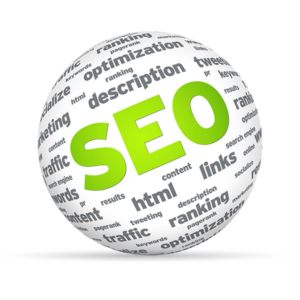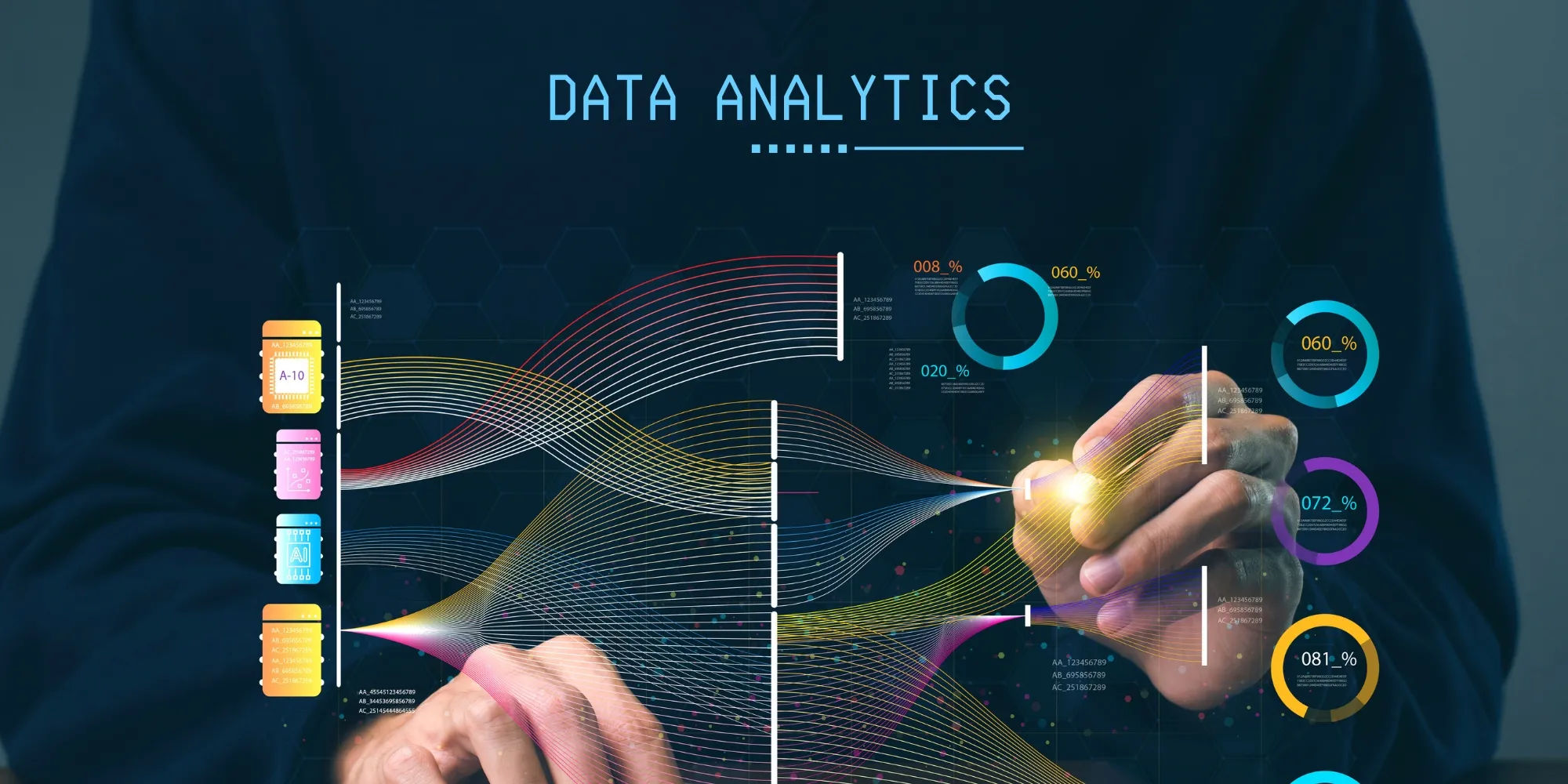Our news and Events
Blogs
"Mastering Digital Marketing: Strategies for Success in the Digital Age"
By Krishna Gupta | February 22 2025
Mastering Digital Marketing: Strategies for Success in the Digital Age
In today’s technology-driven world, digital marketing has become an essential skill for students who want to stay competitive in the job market. Whether you’re planning to start your own business, boost your personal brand, or land a role in a top company, understanding the basics of digital marketing can give you a significant advantage.
Why Should Students Learn Digital Marketing?
Digital marketing offers numerous opportunities for students to gain practical skills that are in high demand. With businesses shifting their focus to online platforms, there is a growing need for professionals who understand how to market effectively in the digital space. Learning these skills can also help students build personal brands, freelance, or even create their own startups.
Key Strategies for Digital Marketing Success

Understand Your Audience
Knowing your target audience is the foundation of any successful marketing campaign. Use tools like Google Analytics and social media insights to understand your audience’s interests, behaviors, and preferences.

Master Social Media Platforms
Platforms like Instagram, LinkedIn, and TikTok are powerful tools for engaging with audiences. Create relevant and engaging content tailored to each platform’s unique audience.

SEO Basics
Search Engine Optimization (SEO) helps increase visibility on search engines like Google. Learn basic SEO strategies such as using keywords, optimizing meta descriptions, and creating quality content.

Content Marketing:
Content marketing focuses on creating and sharing valuable, relevant, and consistent content to attract and retain a clearly defined audience. For students, this could involve starting a blog, creating educational YouTube videos, or posts on LinkedIn.

Email Marketing
Email marketing is a powerful tool for building and maintaining relationships with your audience. Start by creating a subscriber list through sign-ups on your blog or social media platforms. Send regular newsletters that provide valuable content offers.
Final Thoughts
Mastering digital marketing is more than just a career skill—it’s a way to stay ahead in today’s digital-first world. By learning and applying these strategies, students can build a strong foundation for future success in any industry.

"what are the Digital Marketing Trends for 2025"
Articles | Digital Strategy | Digital Marketing
By Krishna Gupta | March 02 2025
What Are the Digital Marketing Trends for 2025?
As we step into 2025, the digital marketing landscape continues to evolve at a rapid pace. Businesses must stay ahead of emerging trends to remain competitive and effectively engage their audiences. From AI-driven marketing to immersive experiences, here are the top digital marketing trends that will shape 2025.
1. Artificial Intelligence (AI) and Automation
AI-powered tools and automation are revolutionizing digital marketing. Chatbots, predictive analytics, and AI-driven content creation enable businesses to personalize customer experiences and streamline operations. Marketers can use AI to analyze consumer behavior, optimize ad targeting, and automate repetitive tasks for better efficiency.
2. Voice and Visual Search Optimization
With the increasing use of voice assistants like Siri, Alexa, and Google Assistant, optimizing content for voice search is essential. Additionally, visual search, powered by tools like Google Lens, allows users to search using images. Brands should focus on conversational keywords and high-quality visuals to improve searchability.
3. Interactive and Immersive Content
Consumers in 2025 will demand more engaging content formats, such as augmented reality (AR), virtual reality (VR), and interactive videos. These immersive experiences enhance customer engagement and create memorable brand interactions. Businesses should explore AR filters, virtual showrooms, and gamified marketing to captivate audiences.
4. Hyper-Personalization with Big Data
Generic marketing messages are becoming obsolete. In 2025, hyper-personalization driven by big data will be the key to successful campaigns. By leveraging customer data, businesses can deliver tailored content, product recommendations, and personalized email marketing that resonate with individual preferences.
5. The Rise of Short-Form Video Content
Platforms like TikTok, Instagram Reels, and YouTube Shorts continue to dominate. Short-form video content, with its snackable and engaging format, will remain a powerful tool for brand storytelling and audience engagement. Brands should prioritize creating authentic, entertaining, and educational video content.
6. Privacy and Data Protection Regulations
With increasing concerns about data privacy, stricter regulations like GDPR and CCPA will shape digital marketing strategies in 2025. Marketers must prioritize transparent data collection practices, obtain user consent, and invest in first-party data solutions to build consumer trust.
7. Social Commerce and Shoppable Content
The integration of e-commerce with social media platforms is expanding. Features like Instagram Shops, TikTok Shopping, and Pinterest Buyable Pins allow consumers to make purchases directly through social media. Businesses should optimize their social commerce strategies to drive sales seamlessly.
8. Influencer and Micro-Influencer Marketing
Influencer marketing remains a dominant force, but brands will increasingly collaborate with micro-influencers who have niche audiences and higher engagement rates. Authenticity and relatability will be key factors in selecting influencers to promote products and services
9. The Evolution of Search Engine Optimization (SEO)
SEO is constantly evolving, and in 2025, search engines will prioritize user experience (UX), high-quality content, and AI-driven search results. Core Web Vitals, semantic search, and video SEO will be crucial for ranking higher in search results.
Conclusion
The digital marketing landscape in 2025 will be shaped by AI, immersive content, data privacy, and personalized experiences. Businesses that embrace these trends and adapt their strategies accordingly will thrive in the competitive market. Stay ahead of the curve by implementing these cutting-edge digital marketing trends today!

"Unlocking Financial Clarity: What's New in GST for 2025?"
Articles | Taxation | GST-GOODS AND SERVICES TAX
By Krishna Gupta | March 25 2025
The Goods and Services Tax (GST) landscape is ever-evolving, and 2025 brings several key updates that businesses and taxpayers need to be aware of. Understanding these changes is crucial for ensuring compliance, optimizing tax planning, and leveraging new opportunities. In this blog, we break down the latest GST updates and their implications for businesses and individuals a like.
1. Revised Tax Rates and Slab Restructuring
Governments periodically review GST rates to balance revenue generation with economic growth. In 2025, expect possible restructuring of tax slabs, with some goods and services moving to different brackets to streamline taxation and reduce ambiguity.
2. Enhanced Input Tax Credit (ITC) System
A more seamless and automated ITC system is in the pipeline, ensuring businesses can claim input tax credits with fewer complications. The emphasis is on digital integration and reducing discrepancies in GST filings, making it easier for businesses to optimize cash flow.
3. Strengthened Compliance Measures
To curb tax evasion and improve transparency, stricter compliance norms are being introduced. E-invoicing thresholds might be revised, and businesses may need to adopt enhanced reconciliation methods to avoid penalties.
4. New GST Return Filing System
A revamped GST return filing mechanism is expected to simplify compliance, particularly for small and medium enterprises (SMEs). Expect more automation, AI-powered scrutiny, and real-time data validation to ease the filing process and reduce errors.
5. Sector-Specific Reforms
Certain industries, including e-commerce, services, and manufacturing, may witness sector-specific GST modifications. Special schemes or exemptions could be introduced to boost emerging industries or correct inefficiencies in taxation.
6. Increased Use of AI and Automation in GST Monitoring
The government is leveraging artificial intelligence (AI) to track GST compliance, detect fraud, and ensure better tax administration. AI-driven audits and predictive analytics will play a key role in reducing tax evasion and improving overall efficiency.
7. International Trade and GST Adjustments
With global trade dynamics shifting, GST-related policies for imports and exports are likely to be refined. Changes in IGST (Integrated GST) on cross-border transactions could impact exporters and importers, necessitating strategic tax planning.
How Businesses Should Prepare
Stay updated with GST notifications and amendments.
Invest in robust accounting and compliance software.
Train finance and tax teams on new GST rules.
Engage with tax consultants to ensure adherence to evolving norms.
Conclusion
As 2025 unfolds, staying informed about GST updates is vital for businesses to remain compliant and financially optimized. By adapting to these changes proactively, businesses can not only mitigate risks but also unlock opportunities for growth in an increasingly digital tax environment.

"Exploring the Future: What's New in Data Analytics in 2025?"
Articles | Analytical Insights | Data Exploration
By Krishna Gupta | 2025
Data analytics continues to evolve at an unprecedented pace, driving innovations across industries. As we step into 2025, new technologies, methodologies, and trends are reshaping the way businesses and organizations leverage data for strategic decision-making. This blog explores the latest advancements in data analytics and how they will impact the future.
1. AI-Powered Advanced Analytics
Artificial Intelligence (AI) and Machine Learning (ML) are taking analytics to the next level. Predictive and prescriptive analytics are becoming more sophisticated, enabling businesses to make data-driven decisions with higher accuracy and efficiency. Automated AI models are minimizing human intervention, making analytics faster and more accessible.
2. Real-Time Data Processing and Edge Analytics
With the growth of IoT and 5G technology, real-time data processing is becoming a necessity. Edge analytics, where data is processed closer to its source rather than in centralized cloud systems, is gaining momentum. This approach reduces latency, enhances security, and provides instant insights for critical decision-making.
3. Explainable AI (XAI) and Ethical Analytics
As AI-driven analytics becomes more prevalent, there is a growing need for transparency and ethical considerations. Explainable AI (XAI) ensures that data-driven insights are interpretable and accountable. Organizations are focusing on ethical data practices, bias reduction, and compliance with stringent regulations to build trust in AI-powered analytics.
4. Data Fabric and Unified Data Management
The concept of data fabric—a flexible and scalable architecture for seamless data integration—is becoming mainstream. It enables businesses to unify data across multiple environments, including cloud, on-premises, and hybrid systems. This facilitates better governance, accessibility, and efficiency in handling large-scale data operations.
5. Augmented Analytics and NLP Integration
Augmented analytics leverages AI and Natural Language Processing (NLP) to enhance data interpretation. Users can now interact with analytics platforms using voice or text queries, making data insights more intuitive and accessible to non-technical users. This democratization of analytics is revolutionizing decision-making across industries.
6. Quantum Computing and Big Data Processing
Quantum computing is set to redefine data analytics by solving complex computations at unprecedented speeds. While still in its early stages, advancements in quantum algorithms and hardware are expected to drastically improve big data processing, optimization problems, and predictive modeling.
7. Data Privacy and Security Enhancements
With increasing cyber threats and data privacy concerns, businesses are adopting stronger security frameworks. Privacy-enhancing technologies (PETs) such as differential privacy, homomorphic encryption, and federated learning are being integrated into analytics solutions to protect sensitive data while extracting meaningful insights.
8. Industry-Specific Analytics Innovations
Industries such as healthcare, finance, retail, and manufacturing are seeing tailored analytics solutions. From predictive healthcare diagnostics to AI-driven financial forecasting, sector-specific data applications are transforming how businesses operate and compete in a data-driven world.
Preparing for the Future
Invest in AI-driven analytics platforms to stay competitive.
Ensure compliance with data privacy regulations.
Train teams in new analytics tools and methodologies.
Adopt real-time and edge analytics to enhance operational efficiency.
Conclusion
Data analytics in 2025 is set to be more intelligent, transparent, and integrated than ever before. Businesses that embrace these emerging trends will unlock new opportunities, drive innovation, and maintain a competitive edge in the data-driven economy. Stay ahead by continuously exploring and adapting to the evolving landscape of data analytics!










